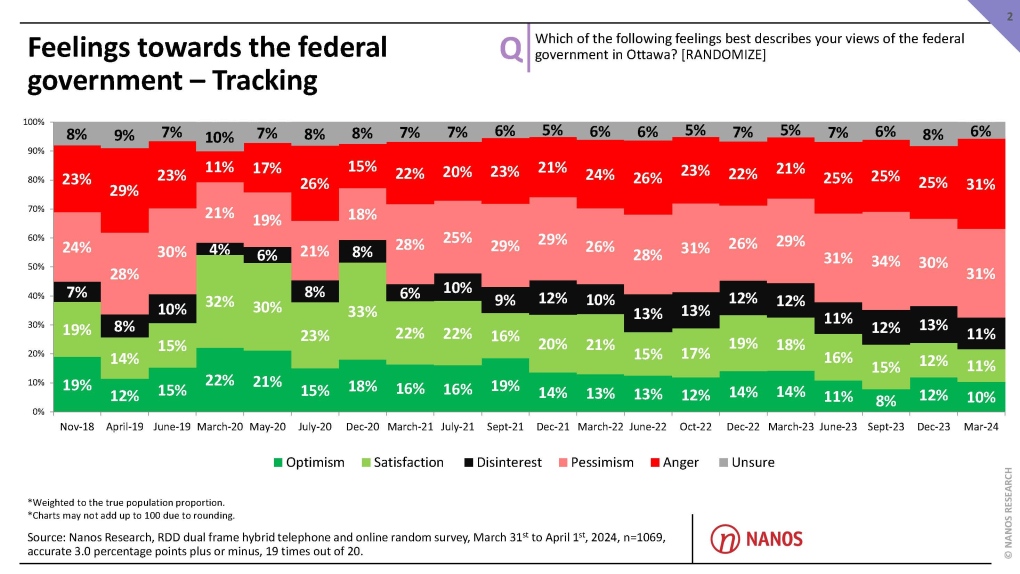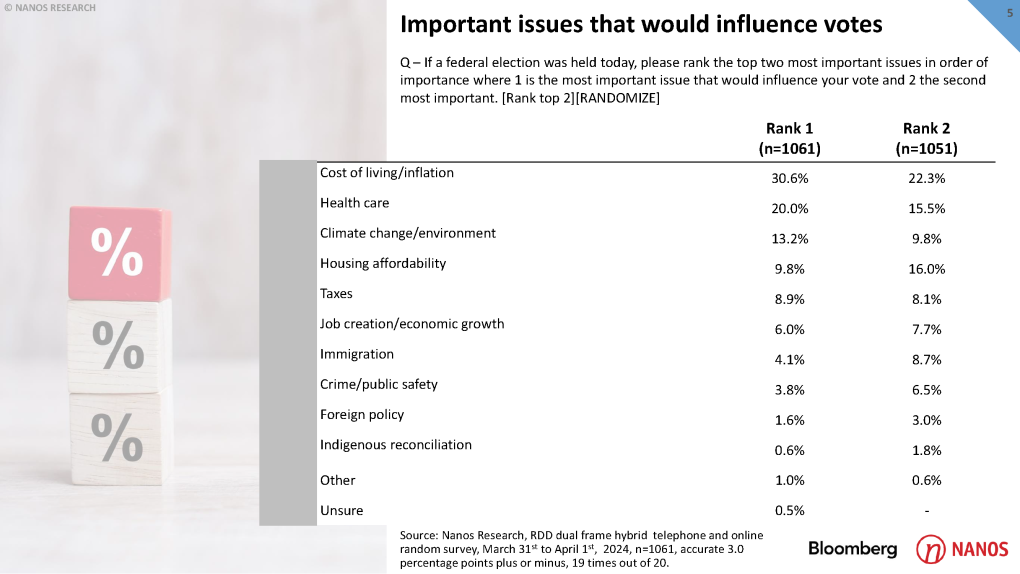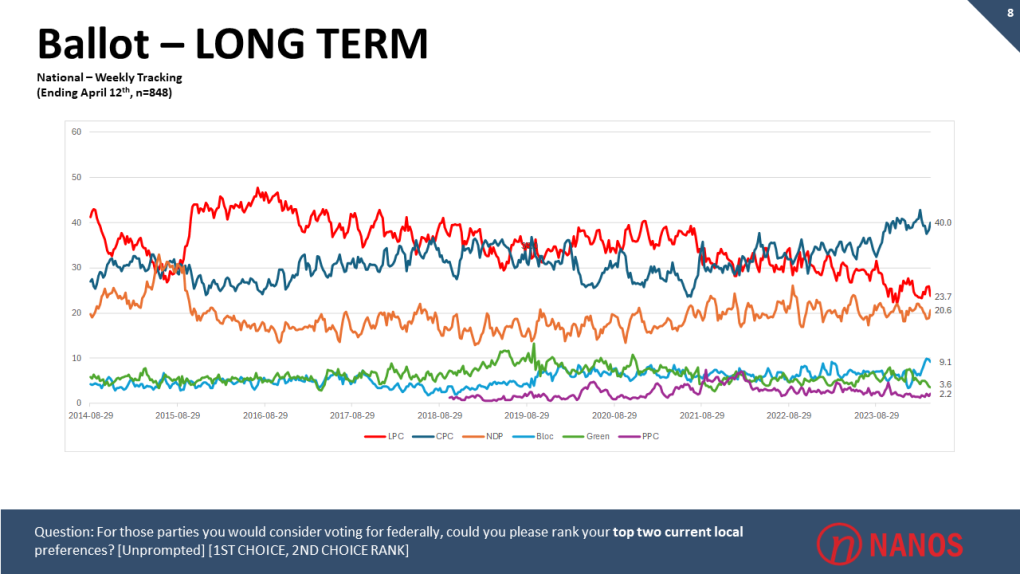On Thursday night, thousands of people gathered in the streets of Minneapolis, and other cities across the country, to protest the death of George Floyd, an unarmed black man who was killed by a Minneapolis police officer. Outside the Minneapolis Police Department’s Third Precinct, the protests turned violent, as people looted businesses, threw projectiles, and set the station house on fire; police in riot gear fired rubber bullets and sprayed tear gas at the crowds. On Friday, Derek Chauvin, the officer who killed Floyd, was taken into custody by Minnesota’s Bureau of Criminal Apprehension and charged with manslaughter and third-degree murder.
I spoke by phone, on Friday afternoon, with Omar Wasow, a professor of politics at Princeton, who studies protest movements and their effects on politics and elections. During our conversation, which has been edited for length and clarity, we discussed which tactics worked best in the civil-rights era, what violent protests have meant, historically, for Democrats running for office, and whether Donald Trump is a figure of order or disorder.
How would you summarize your work on the political effects of protest?
I would say that nonviolent protests can be very effective if they are able to get media attention, and that there is a very strong relationship between media coverage and public concern about whatever issues those protesters are raising. But there is a conditional effect of violence, and what that means, in practice, is that groups that are the object of state violence are able to get particularly sympathetic press—and a large amount of media coverage. But that is a very hard strategy to maintain, and what we often see is that, when protesters engage in violence, often in a very understandable response to state repression, that tends to work against their cause and interests, and mobilizes or becomes fodder for the opposition to grow its coalition.
What we observe in the nineteen-sixties is that there was a nontrivial number of white moderates who were open to policies that advanced racial equality, and were also very concerned about order. The needle that civil-rights activists were trying to thread was: How do you advance racial equality, and capture the attention of often indifferent or hostile white moderates outside of the South, and at the same time grow a coalition of allies? And over time the strategy that evolved was one of nonviolent protest, which actively sought to trigger police chiefs like Bull Connor [in Birmingham, Alabama,] to engage in spectacles of violence that attracted national media and would, in the language of the nineteen-sixties, “shock the conscience of the nation.” So it isn’t just nonviolence that is effective, but nonviolence met with state and vigilante brutality that is effective.
The interesting thing to me that came out of this research was that civil-rights leaders were picking Birmingham and Selma specifically because they had police chiefs with hair-trigger tendencies toward violence. So there was this strategic use of violence by the civil-rights movement, but it was to be the object of violence, not the instigators of violence. At the same time, what was very hard about, with that strategy, is that you had images of people observing their kinfolk being brutalized on television, and that helped fire up a more militant wing of the civil-rights movement, which endorsed violence in self-defense and was much less committed to tactics of nonviolence. When we observed a wave of violent protests in the mid- to late sixties, those white moderates who supported the Democratic Party after the passage of the Civil Rights Act of 1964 defected to the Republican Party in 1968. So, when the state was employing violence and protesters were the targets of that violence, the strategy worked well, and when protesters engaged in violence—whether or not the state was—those voters moved to the law-and-order coalition.
What did you find in your research, specifically about the 1968 election?
There has been a debate in social science for a long time about whether there was a backlash to the waves of violent protest in 1967 and 1968. Commonly, people will say “riot,” but I am using “violent protest” and “nonviolent protest” as the two categories. I looked at a hundred and thirty-seven violent protests that followed Martin Luther King, Jr.,’s assassination, in April, 1968. There is a bunch of evidence that protests are sensitive to weather, and when rain happens it is much less likely people engage in protests. And so we should expect that when there is more rainfall there is less likelihood that people will engage in protest, and when there is less rainfall there is more likelihood. So we get a crude natural experiment—it’s as if some places were randomly assigned a violent protest and some were not.
And what I find is that, in the week following King’s assassination, when ninety-five per cent of those violent April protests occurred, if your county was proximate to violent protests, then that county voted six to eight percentage points more toward Nixon in November. But maybe there was something correlated with rainfall driving this result, and so to address the possibility of a confounding factor, like geography, I also looked at rainfall in periods where we should expect no effect of rainfall on voting—e.g., periods before and more than a few days after the assassination. This is called a placebo test. It is only rainfall in the one week after the assassination that predicts this conservative shift in November, and, in the absence of a plausible alternative story for why rainfall in April was predicting voting in November, the most obvious explanation is that the violent protests were the cause. And so we can then claim a causal relationship between violent protests and the shift away from the Democratic coalition.
What protest tactics would you recommend for people concerned about police brutality today? On the one hand, these current protests were already sparked by state violence, so they don’t need to incite more of it. On the other hand, we have had these viral videos of police brutality for years, and it is not clear all that much is changing.
If you are an activist and there is this outrageous incident (like a knee on a neck) and you say, “How can we advance our interests?,” it might be that both violent and nonviolent protests are legitimate—but it still might be more effective to employ nonviolence, if we get everything we would from a violent protest, plus we don’t splinter a coalition that favors change. One puzzle is, if you are an activist, are nonviolent tactics going to get you more of what you want, or are violent tactics? And what I found from the sixties is that nonviolent protest achieved many of the same sorts of outcomes that the more militant activists were fighting for without splintering the Democratic coalition. There was a pro-segregation media at the time, and there were all kinds of state and federal repression—and, despite all of that, the nonviolent wing of the civil-rights movement was really able to move the country from tolerating Jim Crow to breaking Jim Crow.
So I think there is a lot of evidence that nonviolent tactics can be effective. You saw this on the first day in Minneapolis, where the police showed up with an excess of force, and you had these images of children running away and police dressed like stormtroopers. There are a set of narrative scripts in the public mind, and I think we interpret the news through those preëxisting narratives. And so a nonviolent protest where we see state excesses is a very powerful and sympathetic narrative for the cause of fighting police violence. And as soon as the tactics shift to more aggressive violent resistance—and, to be clear, as best I can tell, police were shooting rubber bullets and there was tear gas. It seemed like an excessive police response, and so in reaction protesters escalated as well. That has an unfortunate side effect of muddying the story. Instead of talking about the history of police killings in Minneapolis, we are talking about a store going up in flames, and the focus in reporting tends to shift from a justice frame to a crime frame. And that is an unfortunate thing for a protest movement. It ends up undermining the interests of the advocates.




























